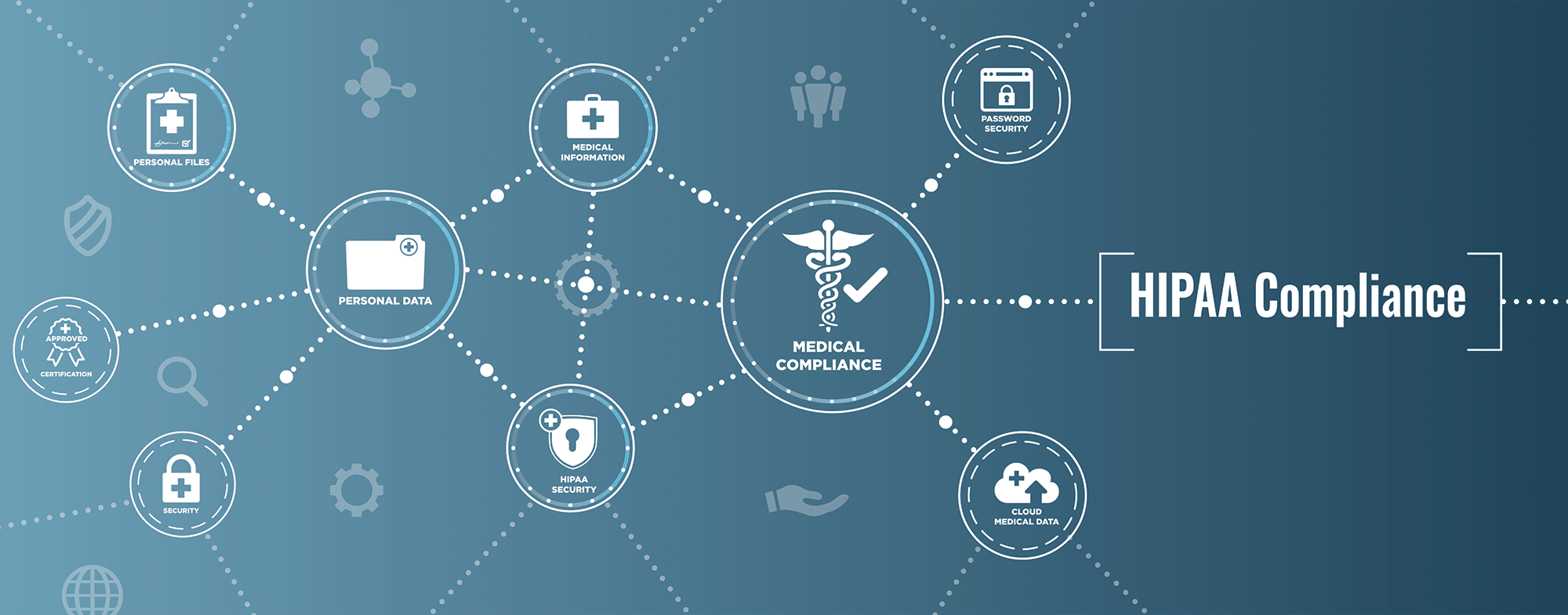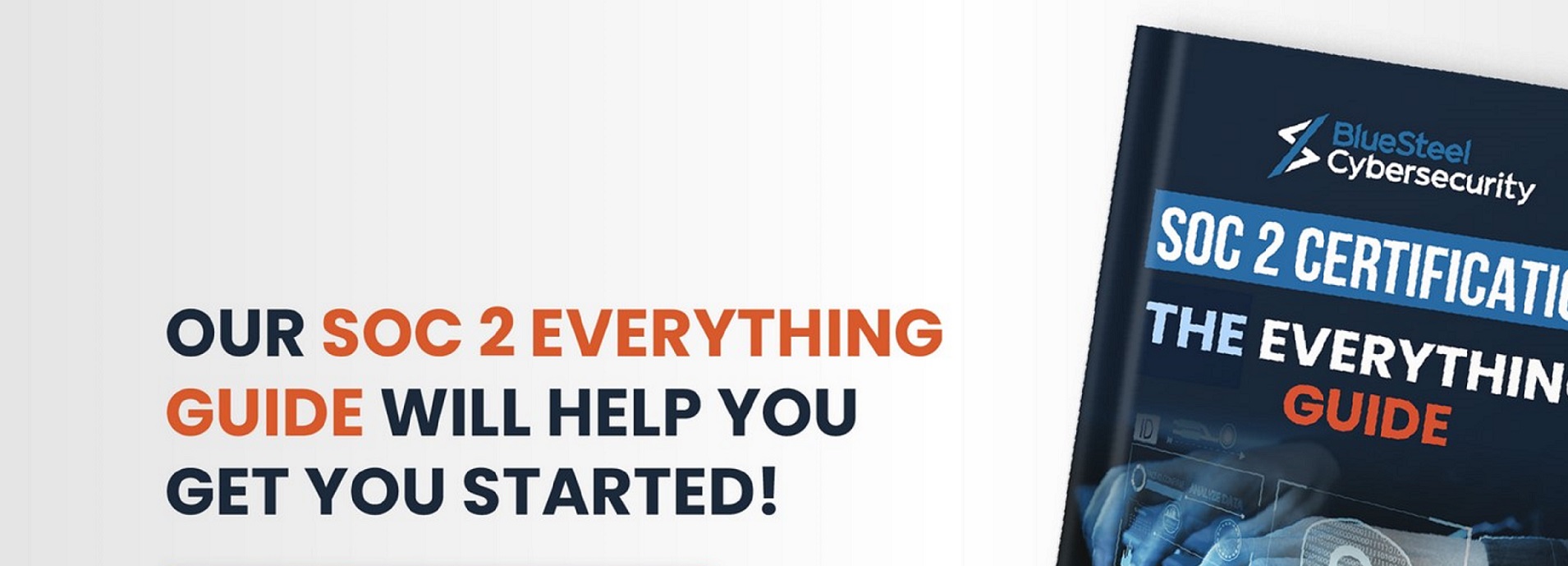When it comes to cybersecurity, we know that you need to be proactive. If a cyber-attack is made against your company or network, it could lead to information being lost, money stolen, and even the loss of your reputation.
In order to prevent this from happening, you need a comprehensive security solution. And with the threat of a cyberattack on the rise, corporations are investing in a number of different cyber technologies to protect their own networks and data.
The question is: how do you know if your own security measures are adequate? Cybersecurity professionals can help with this, and a cyber security gap assessment may be the best way to improve your cybersecurity services by identifying the gaps between current security controls and the industry-recommended best practices.
What Is a Cybersecurity Gap Assessment
A cybersecurity gap assessment is a comprehensive analysis of the current state of a company’s cybersecurity posture and the work required to improve upon it. It explores all the requirements of information security and the organizations in which they operate and identifies gaps between these requirements and their actual practice. The goal is to identify ways to eliminate these gaps, whether it be through technological improvements or organizational changes.
A cyber security gap assessment is an important part of a comprehensive cybersecurity program because it helps you identify problems that could be exploited by hackers, as well as areas where you can improve the security posture of your network.
How To Perform a Cybersecurity Gap Assessment
The process of conducting a security gap assessment is not difficult, but it does require a certain level of knowledge and experience with IT systems. Here are some steps to take when conducting a cyber security gap assessment:
Select an Industry-Standard Security Framework
Cybersecurity company gap assessments are most effective when they are performed in a manner that is consistent with industry standards, best practices, and guidelines.
In the cybersecurity world, there are a lot of frameworks designed to help organizations understand which aspects of their security environment need improvement. The one that’s probably most common is the NIST (National Institute of Standards and Technology) framework, and many companies use NIST 800-53 for their gap assessments which provide a set of standards and guidelines for managing the security of IT systems.
The best way to do a gap assessment is to use a third-party consultant, who will likely use the NIST framework and other industry best practices to conduct your gap assessment. This will help you get the most accurate view possible of your organization’s security posture, as they are not as susceptible to internal bias and politics. The best consultants will have experience working in your industry and/or with companies of similar size, so they understand the unique challenges you face. They should also be able to help you develop an action plan that aligns with your business goals and budget constraints.
Evaluate Your Staff and Processes
The next step is to evaluate your staff’s current knowledge and skill sets, as well as the processes they use to manage security. This will help you determine if any existing gaps exist in your organization’s processes or training programs. It’s also a good opportunity to review the responsibilities of your IT and security teams, as well as their areas of expertise. You should also assess whether your existing policies are sufficient for mitigating risks associated with cyberattacks and other threats.
You should ask some key questions to your staff to get a better idea of their knowledge and expertise:
Do all employees understand what their roles and responsibilities are? Do they know the types of threats they should expect from external sources? Do they know how to minimize the impact on themselves if a breach occurs?
Companies often take a top-down interviewing approach to this step, starting with high-level management and then moving down through other departments such as IT and HR. However, it’s also important to include any external partners who may be working on projects with your company.
Gather Data
This step involves gathering as much data as possible about the technical architecture of your systems. This includes information about the current state of your security program and the resources available to support it, as well as how well they’re working.
The goal is to build a comprehensive picture of the current state of your security program. This will help you identify areas where changes are needed, as well as how best to approach those changes.
Gap Analysis
Once you have gathered all of this information together, it’s time to analyze it carefully so that you can determine where improvements need to be made within your organization.
You will be looking at all of the different aspects of security and comparing them to industry standards and best practices, as well as your company’s overall goals. This comparison will help you identify any gaps that exist within your current security program, whether they are technical or procedural in nature.
With that information, you can make some recommendations for how your organization can improve its security. You will want to include a detailed plan of action that outlines the steps that need to be taken, as well as an estimated timeline for implementation and monitoring. This plan should also include the steps that will be taken to ensure compliance with industry standards and best practices, as well as any other policies or procedures that need to be put into place.
Benefits of a Cyber Security Gap Assessment
A cyber security gap assessment is a great way to take stock of your organization’s current situation. It will help you identify key vulnerabilities in your organization and can be a starting point for developing a more comprehensive cyber security strategy.
Here are some of the main benefits of a cybersecurity coompany gap assessment:
Reassurance on Existing Systems
The assessment will help you understand if your systems are secure or not and whether they need to be reinforced with additional security measures. You can also identify any potential vulnerabilities in your network, which may inform further action.
The assessment is also a great way to reassure your management and staff that you are taking the necessary steps to ensure the security of their business data. It will also show them how much work they need to do, so they can focus on improving their security measures rather than simply reacting when something happens.
Pinpoint Areas of Weakness
An assessment is a great way to pinpoint areas of weakness in your security. It will help you identify where your organization is doing well and where it could do better. This will allow you to focus on improving the weak spots, which may include updating software and making sure that passwords are secure. You can also update policies and procedures, so they reflect current cybersecurity standards.
Enhanced Data Security
A cyber security gap assessment will enhance the level of data protection across an organization by identifying areas that need improvements, such as inadequate encryption or weak passwords that could allow attackers access to sensitive information.
It will help you to create a more secure environment, which will make your data safer from hackers. It will also help you to improve the overall effectiveness of your security measures and reduce the amount of time it takes for incidents to be resolved.
How Much Does a Cyber Security Gap Assessment Cost?
The cost of a cyber security gap assessment will vary depending on the size and complexity of your organization. It also depends on whether you are contracting with an external consultant or using an internal resource. If you want professional assistance throughout the process, it’s important to get in touch with a professional service provider and discuss your requirements. You can then receive an estimate based on their findings. But in general, the lowest cost for NIST standards is $5,000, but larger companies can expect to pay more than this.
It is important to remember that the cost of a cyber security gap assessment does not include any additional factors such as policy development and security awareness training you may need in order to close any gaps identified.
Conclusion
Cybersecurity, or IT security, is quickly becoming an essential part of our professional life. It is no longer enough to simply have a firewall and virus protection software as businesses are more vulnerable than ever to cyberattacks and other forms of digital crime. Today’s businesses must adopt an information security culture that ensures the safety of their data.
A cybersecurity services gap assessment is an excellent way to start this process. It is a thorough examination of your company’s cyber security practices. It includes everything from network architecture to employee training and awareness. The process provides you with a clear picture of your current state of IT security and identifies any gaps in your existing infrastructure or processes so that they can be addressed before they become a problem.
If your organization received a recent security questionnaire and want to know how to answer it, please reach out to us today.






